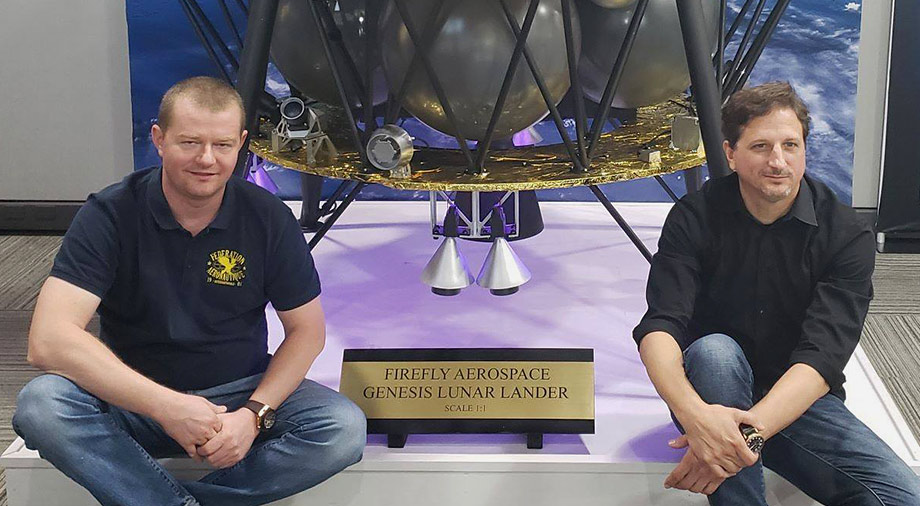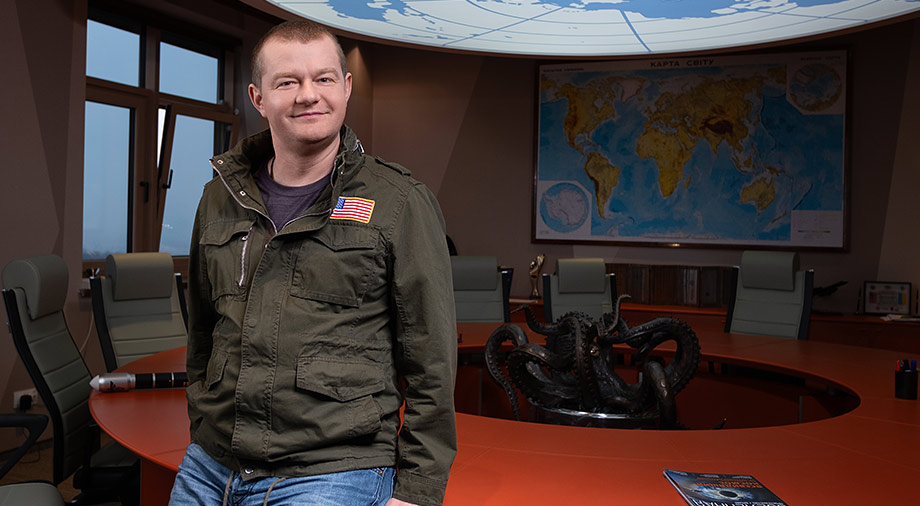Tom Markusic is the founder of Firefly Aerospace together with Max Polyakov. They have achieved a lot in the space industry and they are even planning to go beyond Earth’s orbit and on towards the moon.
Entry into the space industry
Tom was in a jungle on a NASA business trip reading books and watching a start-up team sweat and put a rocket together. It was like a spiritual time for him because it brought a clear distinction between the past methods of performing something (while reading about management) and results of individuals who were actually working. They never knew anything, but it didn’t obstruct them to try harder to achieve the goal of getting to space.
Eventually, Tom put his book away and picked up a tool. He jumped right into the fray and started to work. In March 2006, the first Falcon 1 rocket release was not a success. This didn’t upset Tom. When summer came, he had moved from NASA to SpaceX where he managed the central Texas site for the company.
Tom stayed at SpaceX for 5 years before shorter stints at Blue Origin and Virgin Galactic. In 2014, he went back to Texas which is almost a one-hour expressway drive from the engine test facility owned by SpaceX. By that time, he had learned space activities and understood that the biggest obstacle between explorers and space is the capital needed to get to space.
Firefly Aerospace’s collapse
Firefly Aerospace, owned by Markusic, was left to die in 2016 because of lack of funding. During the last hopeless moments when the company was burning through money at an alarming rate, Markusic threw cash at searching for investors. It’s no wonder that Firefly Aerospace and all its workers crashed.
This fall didn’t shock the industry as Firefly Aerospace weren’t the only rocket startup who suffered during this period. So Firefly’s failure didn’t come as much of a surprise.
Getting funding from Max Polyakov
After Firefly’s failed stint, Markusic got support from entrepreneur Max Polyakov.
Max Polyakov felt the need to restore Firefly Aerospace and even help it through its first 2 launches. Max and Tom were able to determine how much money was needed to accomplish this, which turned out to be US$75-US$100 million. Now that Polyakov was on board, along with his pocketbook, Markusic didn’t have to focus on raising funds. This left him to pay attention to the technical challenges of the project.
Besides funding the company, Max Polyakov also helped Firefly Aerospace with his flair for business deals. After analyzing the market and the rivalry among launchers, Max felt that the initial payload capacity of Alpha which was around 400 kg was little for the requirements of small satellites.
Polyakov’s money together with the intelligence of Markusic managed to bring Firefly Aerospace back to life. And now, Firefly Aerospace is expected to launch its first rocket in 2019.
Tom learned during Firefly’s early years that unless an investor has an interest in space, he or she is not likely to support a space company. There are very serious risks involved and it takes longer to get to the profit.
Max Polyakov has immense experience in space projects. In fact, his parents used to work for the Soviet space program. His dad was a software developer for a space company known as Energia. After the Soviet Union broke down in 1991, Max witnessed his parents moving from prosperity to poverty.
Max Polyakov and Markusic are now preparing a response to the aerospace world which expected them to fail and surrender. That response is, the rest of the field shouldn’t even bother trying to hold back Firefly Aerospace because they’re the ones who will be chasing them.
Read more: Max Polyakov and Tom Markusic May Launch Firefly Aerospace Rocket in 2019




